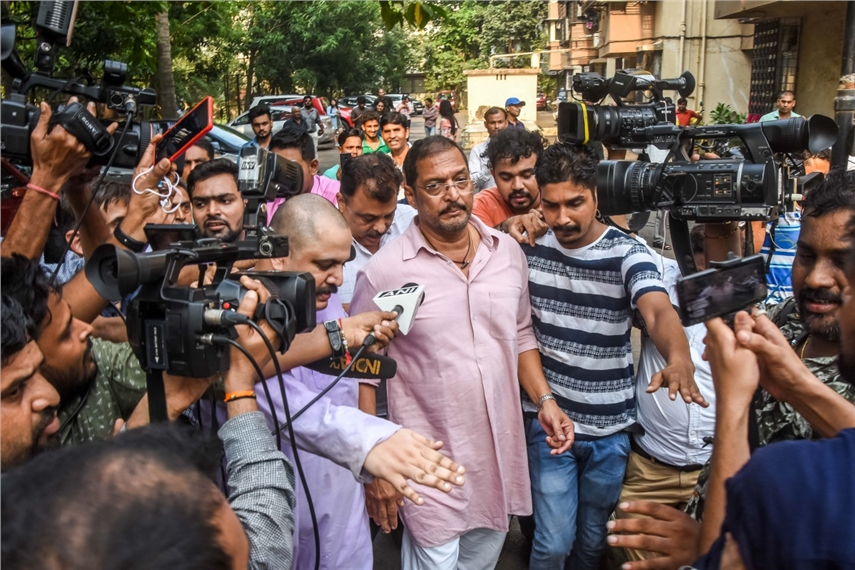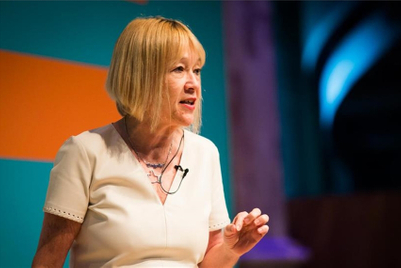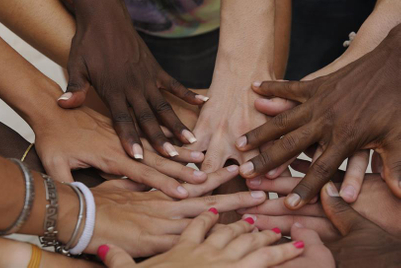
Something unprecedented is happening in India. Scores of women are going public with horrific accounts of sexual harassment suffered at the hands of powerful men, including in the advertising industry. But now, a handful of women are wading into the #MeToo debate to publicly shame lousy men for making ill-conceived passes—and it’s threatening to topple a greatly needed movement.
For a country that’s ranked the most dangerous place for women by the Thomson Reuters Foundation—even behind Syria and Afghanistan—it is an important distinction to make. The ranking itself shouldn’t come as a surprise. Our governments, past and present, have done precious little to tackle the danger women routinely face. Indeed, five years after the brutal gang rape and torture of Nirbhaya, this past week, schoolgirls in Bihar were beaten for resisting the sexual advances of a bunch of teenage boys.
|
Recent and related |
It is the timing of this alarming attack that is surprising, coming so swiftly on the heels of the #MeToo movement gaining momentum in India. Less than a month ago, Tanushree Dutta, a former Bollywood actress, revealed the sexual harassment she faced on a movie set by a supporting but prominent actor, Nana Patekar.
Since then, several stories of rape, bodily incursions, and men making repeated and unwanted sexual advances and come-ons have emerged. Each one of these is worthy of the media attention they are getting, and the punishment the abusers are receiving.
However, caught up in the frenzy, a section of women on Twitter have shared screenshots and conversations with men, detailing humiliating experiences that are not tantamount to sexual abuse. The screenshots show men clumsily flirting and saying sexually suggestive things, but when shot down, quickly retreating with their tails between their legs. In these cases, there was no aggressive pursuing, mental gaslighting or general disregard for consent.
I don’t for a second doubt these events took place. In fact, several of the men in question have accepted and apologised for their lousy behavior, and how they made the women feel. I also fully agree that women should be believed and supported—and that female rage is key to propelling the #MeToo movement forward. After all, we’ve lived with bad behaviour for so long, it was only a matter of time before the rage bubbling under finally erupted.
There needs to be a new regulatory spirit that holds men to a higher standard. But it’s important to note that what happened in some cases isn’t sexual assault, and lumping these in a movement that takes down men who force themselves on women is extremely damaging.
I know this because I have had lousy, entitled men—both in the workplace and outside of it—make passes at me in a similar fashion. But, none of what I experienced can be compared to what Nirbhaya, the young girls in Bihar, or Tanushree Dutta had to endure.
This best reporting of the #MeToo movement—and the most powerful stories—are a result of robust fact-checking, finding corroborating witnesses and giving those accused a chance to respond.
The #MeToo movement is a vital conversation about sexual violence that provides resources, solutions and a support system to survivors. When prominent women with a decent Twitter following attempt to settle scores with men making badly conceived passes, it does more harm than good.
Is it any wonder then that the story of the Bihar schoolgirls was the most viewed piece in the Guardian, but not any of the national dailies? It is already difficult and brave for survivors of sexual violence to speak up. Let’s not bury the voices of true survivors who should be at the forefront of this movement. If you want to be a part of this but don’t know how, start by throwing your weight behind the stories that matter.
Byravee Iyer is the managing editor at Mutant Communications (and a former editor at Campaign Asia-Pacific). This article first appeared on CampaignAsia.com


.jpg&h=334&w=500&q=100&v=20250320&c=1)
.jpg&h=334&w=500&q=100&v=20250320&c=1)

.jpg&h=334&w=500&q=100&v=20250320&c=1)


.jpg&h=334&w=500&q=100&v=20250320&c=1)


.jpg&h=334&w=500&q=100&v=20250320&c=1)
.jpg&h=268&w=401&q=100&v=20250320&c=1)
.jpg&h=268&w=401&q=100&v=20250320&c=1)



.jpg&h=268&w=401&q=100&v=20250320&c=1)


